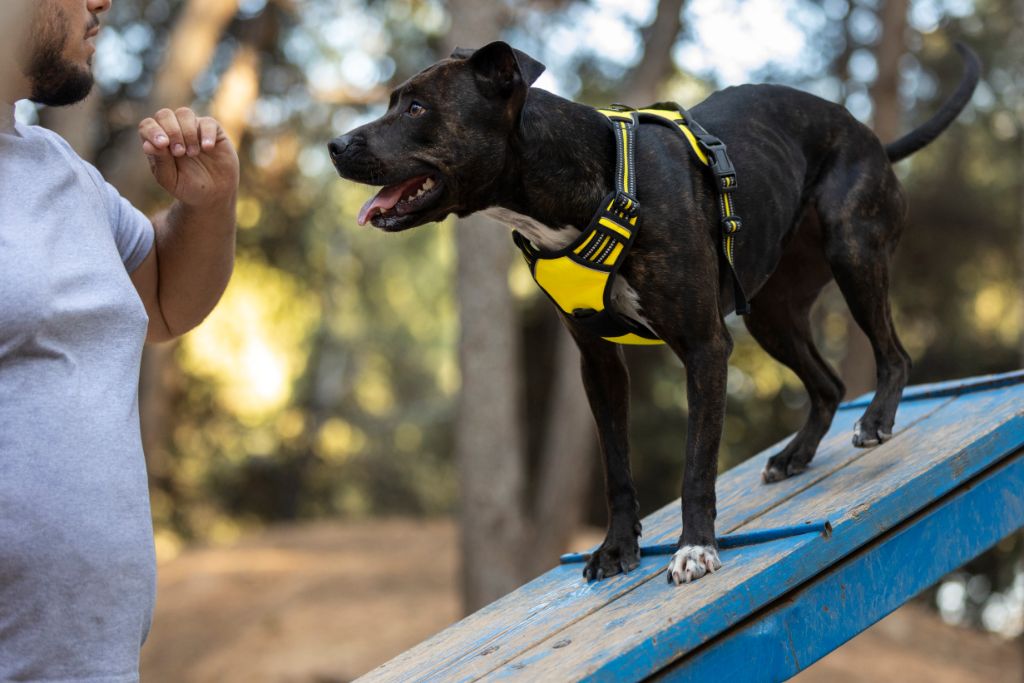As package carriers increasingly deliver goods to homes, the risk of dog bites has become a significant concern. Many dogs may perceive delivery personnel as intruders, leading to aggressive behavior. To ensure the safety of Package Carrier Dog Bite Prevention and mitigate the risk of dog bites, it’s crucial to implement effective prevention strategies. Here are essential guidelines for package carriers to follow:
Understand Dog Behavior
Recognize Warning Signs
Familiarize yourself with common indicators of anxiety or aggression in dogs:
Growling or Barking: Vocalizations can indicate discomfort or a threat.
Body Language: Look for stiff posture, raised hackles, or a tucked tail.
Snapping or Lunging: These behaviors are clear signs a dog may bite.
Know the Dog’s Territory
Dogs are protective of their homes. Be aware that you may be perceived as an intruder, especially when approaching a front door or gate.
Communicate with Customers
Pre-Delivery Instructions
When possible, ask customers to secure their dogs before delivery. This can include:
Notifying Owners: Requesting that they inform you if they have a dog on the premises.
Clear Signs: Encouraging homeowners to place signs indicating a dog is present.
Use Technology
Some delivery services offer apps that allow customers to indicate if they have pets. Utilize these tools to stay informed.
Approach with Caution
Stay Calm
Your demeanor can affect how a dog reacts. Approach the property calmly and confidently, avoiding sudden movements or loud noises.
Avoid Direct Eye Contact
Direct eye contact can be perceived as a threat. Instead, look at the dog from the side to minimize tension.
Secure Your Equipment
Keep your Distance from the Dog
If you see a dog loose on the property, maintain a safe distance. Do not attempt to approach or interact with the dog.
Use Barriers
If possible, stay behind a vehicle or another barrier when delivering in a dog-active area.
Know How to Respond
If Approached by a Dog
Stay Still: Remain calm and avoid running or screaming. Stand still like a tree, with your arms at your sides.
Avoid Eye Contact: Look away from the dog to reduce perceived threat.
Protect Yourself: Package Carrier Dog Bite Prevention, use your package or any item you have to shield yourself. Protect your face and neck with your arms.
Leave the Area
If a dog appears aggressive, back away slowly without turning your back on the dog. Leave the area and report the incident if necessary.
Report Incidents
Document the Encounter
If you experience an aggressive encounter or a bite, document the details:
Description of the Dog: Note the breed, size, color, and any identifying features.
Location and Time: Record where and when the incident occurred.
Behavior Observed: Write down specific behaviors that were concerning.
Notify Your Employer
Report any incidents to your employer to ensure they are aware of the risks and can take appropriate action.
Advocate for Training and Resources
Training Programs
Encourage your employer to provide training programs focused on dog behavior and bite prevention. This can help prepare you for encounters with aggressive dogs.
Safety Equipment
Discuss the availability of safety equipment, such as dog deterrent sprays or bite-resistant clothing, to help protect employees.
Educate the Community
Share Safety Tips
Engage with local communities to promote responsible pet ownership. Share tips on keeping dogs secure during deliveries and the importance of training pets to reduce anxiety.
Collaborate with Animal Control
Work with local animal control agencies to promote awareness and education on dog safety for both pet owners and delivery personnel.
Conclusion
Dog bite prevention is essential for the safety of package carriers. By understanding dog behavior, communicating effectively with customers, approaching properties with caution, and knowing how to respond to aggressive situations, package carriers can significantly reduce the risk of dog bites.
Additionally, advocating for training and resources can foster a safer working environment. Prioritizing safety not only protects delivery personnel but also encourages responsible pet ownership within the community.




